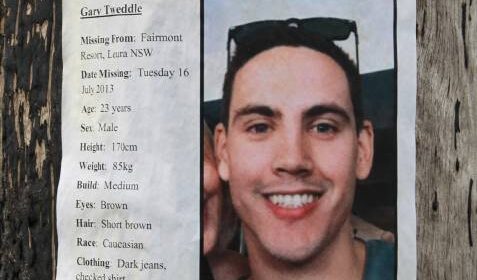Oracle computer salesman Gary Tweddle’s anxious misadventure from its sales ultimatum conference in the Blue Mountains

AUTHOR’S NOTICE TO READERS:
This long article has since 1st June 2025, been converted into a ‘web-book’ and re-entitled ‘Missing Gary Tweddle‘ having multiple 29 web-pages, or ‘PARTS’ of this book on this same website.
Each of the 29 parts of the book are interconnected in sequence as per the Table of Contents (PART 11), with hyperlinks at the bottom of each webpage that respectively link to the following:
>Go To Top of this webpage ‘PART’
>Go To Next PART
>Go To Previous PART
>Go Back to TABLE OF CONTENTS
This is a convenient link to the start of that web-book.
A second link to the web-book is via this website’s front page, on the right column showing a copy of the original poster ‘Missing Gary Tweddle’.
Some parts are still as yet unfinished, notably Parts 2, 3, 4, 7 and 25. So regrettably it is still a work in progress, but we’re getting closer to finishing, and hopefully readers will find it worth it.
This author in endeavouring to complete this book ASAP.
Thank you again for your patience.
Steven John Ridd, 7th June 2025.
